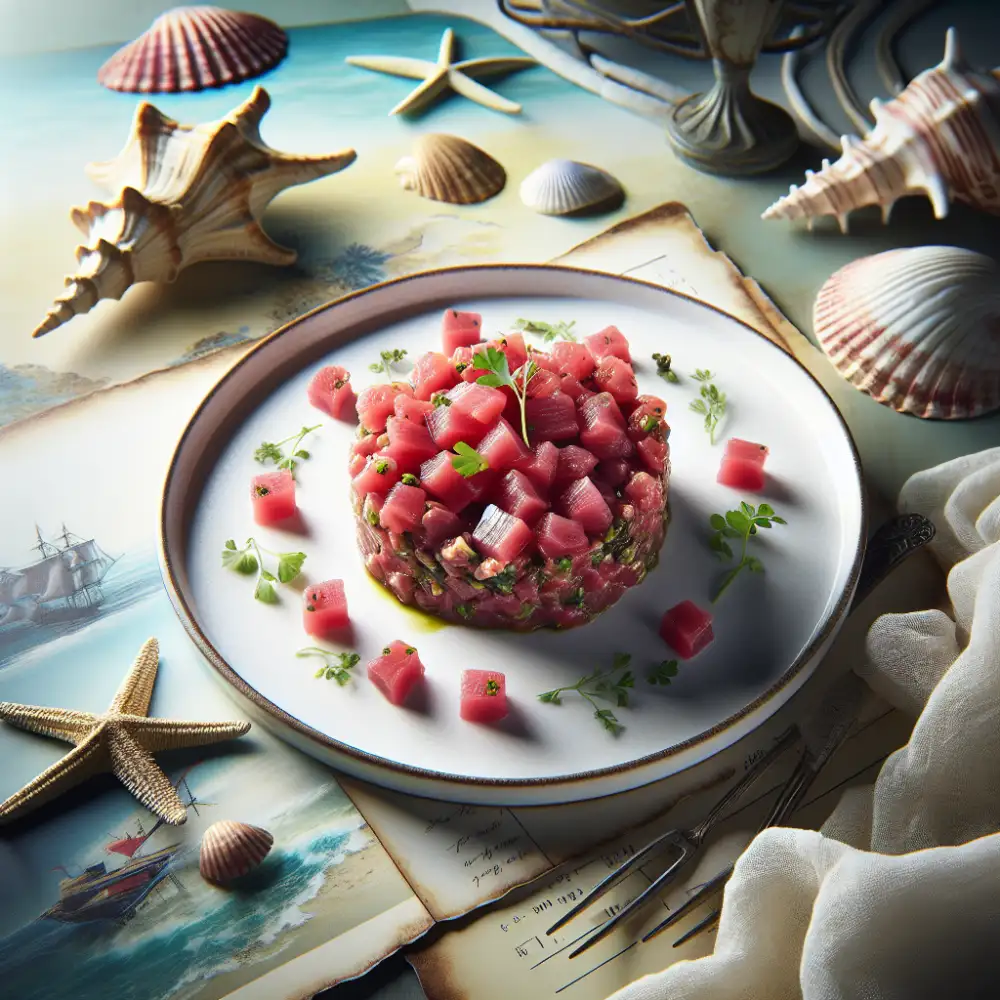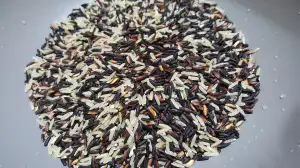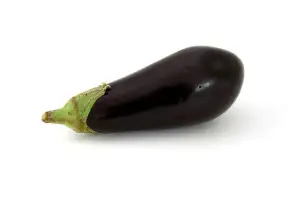Unlock the Freshness: Your Guide to Perfect Tuna Tartare

Ingredients
Flour is a must-have for this recipe, providing the structure for your baked goods. We will use granulated sugar to add sweetness and moisture. Baking powder acts as a leavening agent, creating a light and airy texture. A pinch of salt enhances the flavors and balances the sweetness. To bind the ingredients together and add richness, we'll need some unsalted butter. Finally, a touch of vanilla extract will infuse the recipe with a warm and fragrant aroma.
Choosing tuna
When choosing tuna, consider the species, fishing method, and packaging. Opt for "chunk light" or "solid white" tuna, which are usually skipjack or albacore, respectively. Skipjack is milder and lower in mercury, while albacore has a firmer texture and richer flavor but higher mercury levels. Look for tuna caught using sustainable methods like pole-and-line or FAD-free purse seining to minimize bycatch. For canned tuna, choose BPA-free cans packed in water or oil, depending on your preference. Fresh tuna steaks should be firm, shiny, and have a deep red color. Remember to check for sustainability certifications like the Marine Stewardship Council (MSC) label, which ensures responsible fishing practices.
Cutting techniques
There are many different cutting techniques that can be used, depending on the material being cut and the desired result. Some common cutting techniques include sawing, shearing, and grinding. Sawing is a process that uses a toothed blade to cut through material. Shearing is a process that uses a sharp blade to cut through material along a straight line. Grinding is a process that uses an abrasive wheel to remove material from a workpiece. Each of these cutting techniques has its own advantages and disadvantages. Sawing is a versatile cutting technique that can be used to cut a variety of materials, but it can be slow and produce a rough cut. Shearing is a fast and efficient cutting technique that produces a clean cut, but it can only be used to cut through relatively thin material. Grinding is a precise cutting technique that can be used to create complex shapes, but it can be slow and generate a lot of heat.
Flavor pairings
Flavor pairings can elevate your cooking from bland to grand. The key is understanding which flavors complement each other. Some pairings are classics for a reason, like tomato and basil, or chocolate and raspberry. Others, like blue cheese and honey, might surprise you. Don't be afraid to experiment! Try adding a pinch of chili flakes to your chocolate chip cookies or pairing watermelon with feta cheese. Your taste buds will thank you. Remember, the best flavor pairings are subjective, so have fun and discover your own perfect matches!
Plating inspiration
Finding inspiration for plating your culinary creations is easier than you think. Take a cue from nature, using vibrant sauces to mimic sunsets or arranging herbs to resemble delicate vines. Draw inspiration from art movements, like the bold lines and geometric shapes of Art Deco or the organic flow of Art Nouveau. Explore different cultures' plating techniques, like the minimalist elegance of Japanese cuisine or the rustic charm of Mediterranean dishes. Don't be afraid to experiment with textures and heights on your plate, using contrasting elements to create visual interest. Remember, plating is an art form, so have fun and let your creativity shine through.

Safety tips
Always be aware of your surroundings and trust your instincts. If something feels off, it probably is. Avoid walking alone at night, especially in unfamiliar or poorly lit areas. Stick to well-populated and well-lit routes. Let someone know your whereabouts, especially when meeting someone new or going somewhere unfamiliar. Share your location with a trusted friend or family member. Be cautious about sharing personal information online or with strangers. Carry a personal safety alarm or whistle to deter potential attackers and attract attention if needed. If confronted, maintain a safe distance and try to de-escalate the situation. Your safety is paramount, so don't hesitate to scream for help or attract attention if you feel threatened.
| Feature | Tuna Tartare | Beef Tartare |
|---|---|---|
| Main Ingredient | Raw Tuna | Raw Beef |
| Typical Flavor Profile | Light, Fresh, Savory | Rich, Buttery, Savory |
| Common Accompaniments | Avocado, Mango, Soy Sauce, Sesame Oil | Capers, Onions, Pickles, Raw Egg Yolk |
Recipe variations
This recipe is a great starting point, and you can easily customize it to your liking. For a spicier dish, add a diced jalapeno or a pinch of cayenne pepper. If you prefer a creamier texture, stir in a dollop of sour cream or Greek yogurt before serving. To make it a complete meal, serve it with a side of crusty bread or over a bed of rice. Get creative and experiment with different toppings, such as shredded cheese, chopped cilantro, or a squeeze of lime juice.
Published: 11. 06. 2024
Category: Recipes



